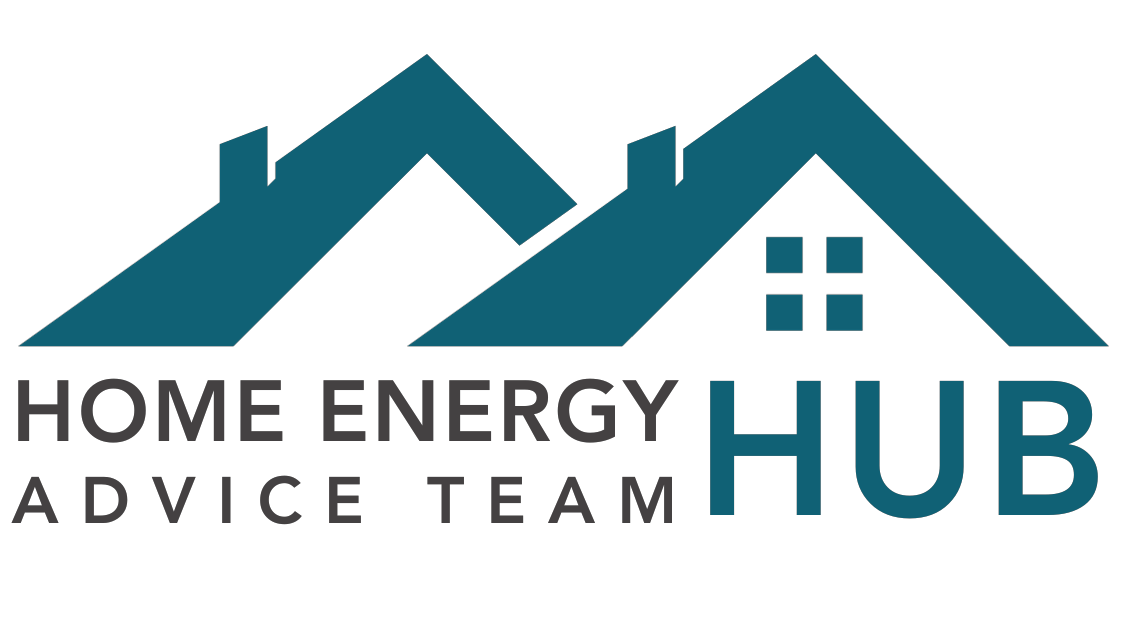Retrofitting a 1970’s Home
Located on the edge of a quaint village in Hathersage, this four-bedroomed detached house has been a beloved home for its owners since 1985. After being increasingly motivated by the environmental impact, as well as the economy of home improvements, the owners were inspired to begin to retrofit their home and reduce their carbon footprint.
Across 29 years, they have implemented a wide variety of measures, the main two being solar panels and an air source heat pump.
Solar Panels
In 2010, the homeowners installed solar PV panels. This cost £14,000, though they were able to get this recouped in under 7 years with £2,200 annual Feed-in-Tariff (FiT) payments.
“It was an excellent investment when FiT payments were high, they are low-maintenance and good at saving energy. When we had the batteries installed it made it even more worthwhile.”
This included installing a Solar Boost (iBoost). This enables any excess energy produced (after the batteries have been filled, if you have batteries) to be directed to an immersion heater in hot water cylinder for domestic use or ASHP. The installation cost around £200 which should pay for itself after 5-8 years.
Air Source Heat Pump
As the property is off the gas grid, it made sense to move from carbon-heavy methods of heating, such as a coal heater, to an Air Source Heat Pump.
Whilst this was expensive, costing the home owners £15,000 without any grants, the Ofgem payments amount to £12.5k over seven year and the savings in fuel costs amount to £127 per year. Doing this reduced their carbon footprint by 2.8 tonnes per year - going from 8.1 tonnes of CO2 to 3.9 tonnes of CO2 per year.
Performance and What They Would Do Differently
At present, the homeowners rely solely on electricity and scavenged firewood as their primary fuel source.
“For the last year to June 2023 our total electricity consumption was 3.9MWh. However, we only had batteries installed in Nov 2022 and expect that the consumption for the year up to June 2024 will be around 3.5MWh. Projected to cost around £1500.”
For comparison, the average detached house consumes 4.153MWh of electricity, as well as gas.


